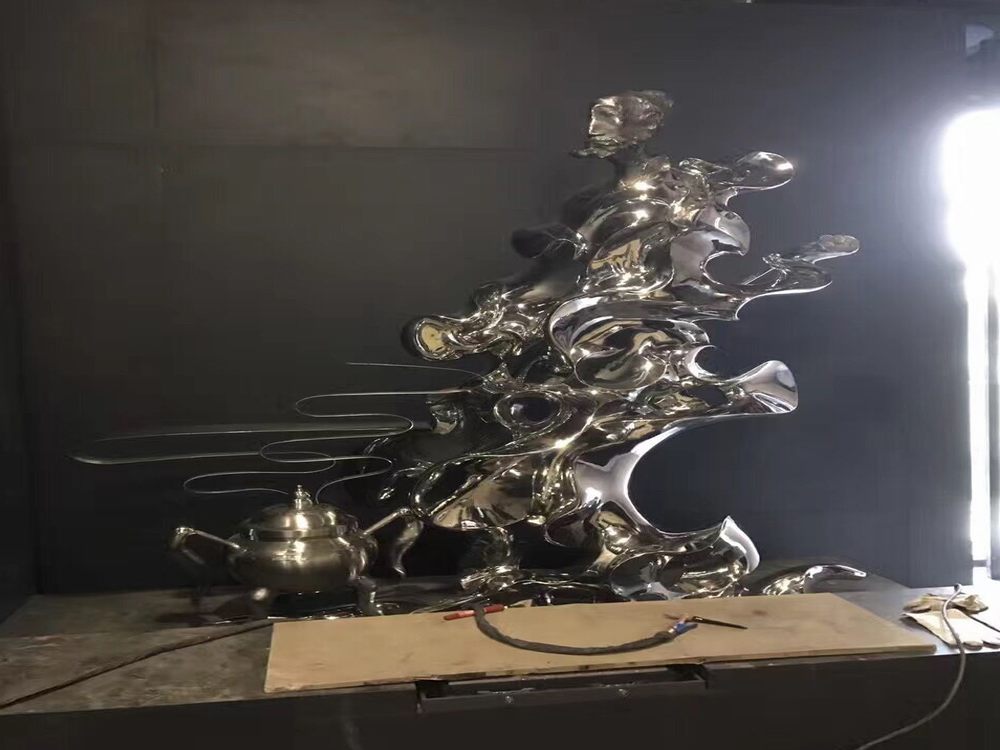
Creating a sense of depth in relief porcelain sculptures is a delicate art that combines technical skill and artistic vision. One of the most common techniques is layering, where multiple levels of clay are built up to simulate foreground, midground, and background elements. This method mimics natural perspective, drawing the viewer’s eye into the piece.
Another effective approach is undercutting, where the artist carves deeper recesses beneath raised areas to cast shadows and enhance dimensionality. This technique is particularly useful for intricate designs, as it exaggerates the contrast between light and shadow.
Shading and texturing also play a crucial role. By using subtle gradients of color or varying surface finishes, sculptors can simulate depth even in low-relief works. Tools like sponges, brushes, or fine carving instruments help achieve these effects.
Lastly, scale variation—adjusting the size of elements based on their perceived distance—reinforces the illusion of depth. Smaller details recede, while larger ones appear closer, creating a dynamic composition.
Mastering these techniques allows artists to transform flat porcelain into captivating, three-dimensional art. Whether for decorative panels or standalone sculptures, these methods elevate the visual impact of relief porcelain works.

